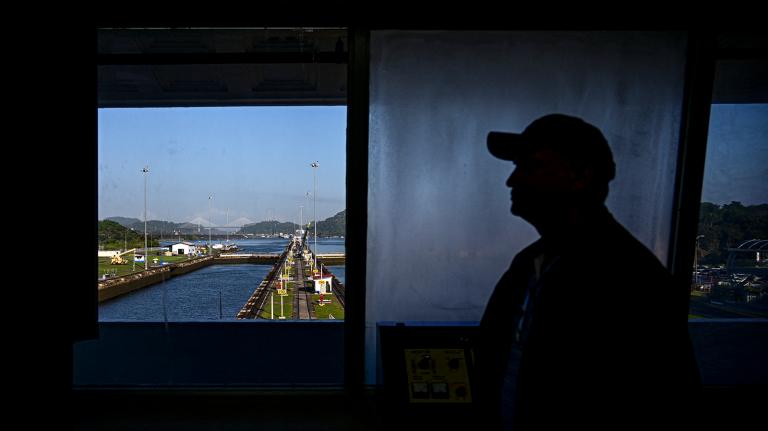It’s called Blackle — a black version of Google — and according to this blogpost, it could save 8.3 Megawatt-hours per day, or about 3000 Megawatt-hours a year globally:
An all white web page uses about 74 watts to display, while an all black page uses only 59 watts. I thought I would do a little math and see what could be saved by moving a high volume site to the black format.
Take at look at Google, who gets about 200 million queries a day. Let’s assume each query is displayed for about 10 seconds; that means Google is running for about 550,000 hours every day on some desktop. Assuming that users run Google in full screen mode, the shift to a black background will save a total of 15 (74-59) watts. That turns into a global savings of 8.3 Megawatt-hours per day, or about 3000 Megawatt-hours a year. Now take into account that about 25 percent of the monitors in the world are CRTs, and at 10 cents a kilowatt-hour, that’s $75,000, a goodly amount of energy and dollars for changing a few color codes.
Heap Media, the Sydney-based creators of Blackle, say that even though the per-capita energy savings are small, “every time we load our web browser reminds us that we need to keep taking small steps to save energy.”

